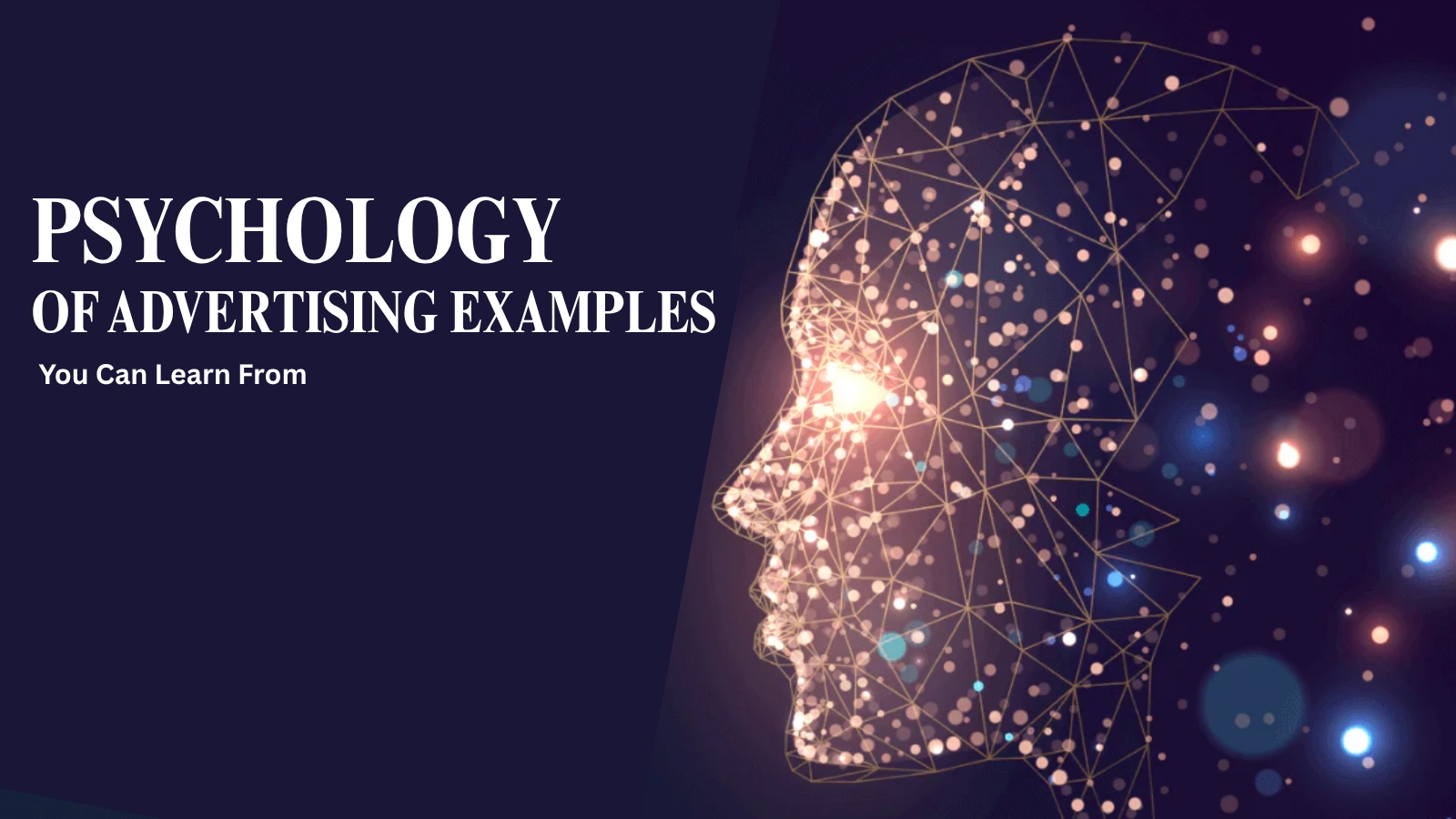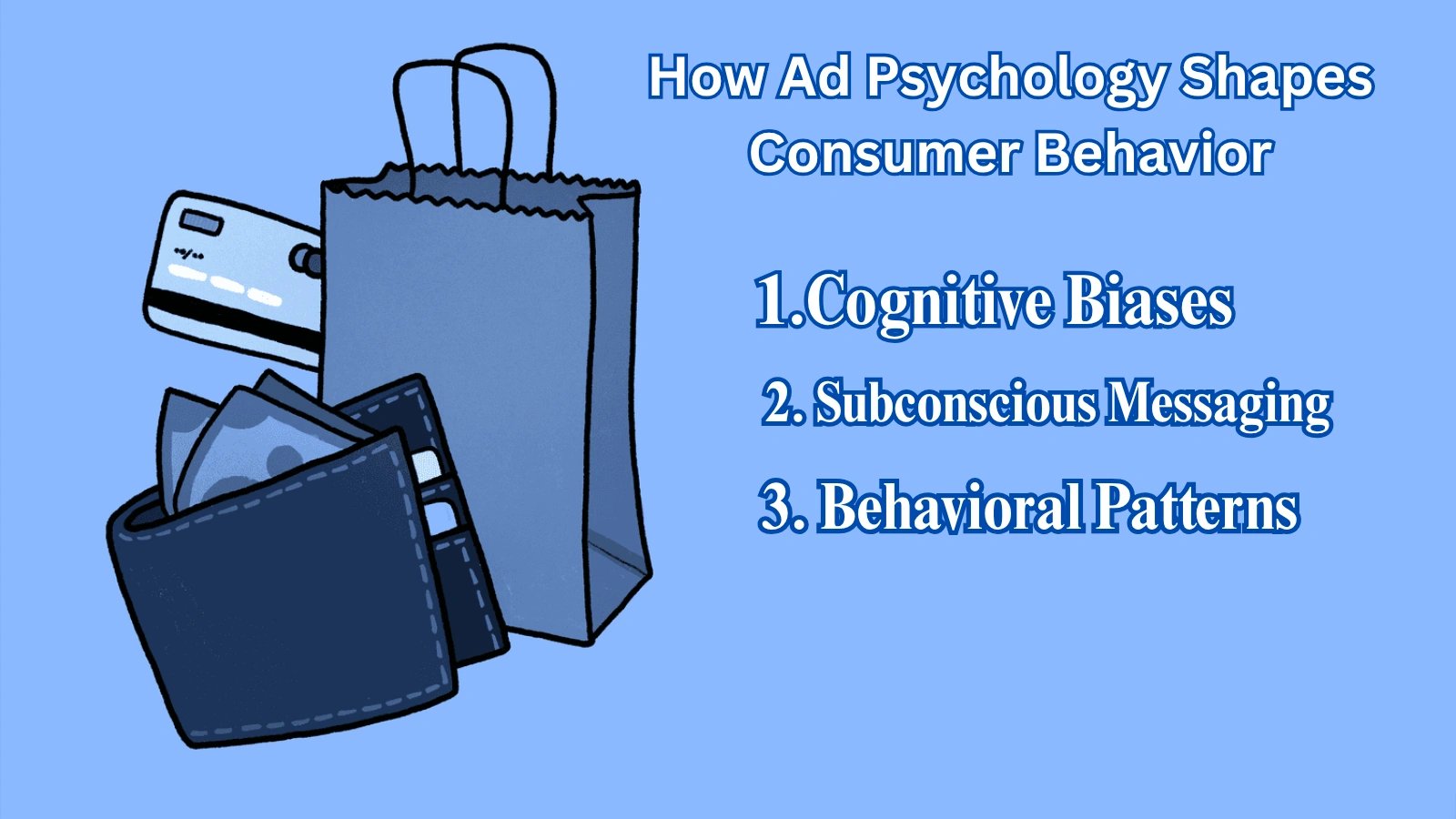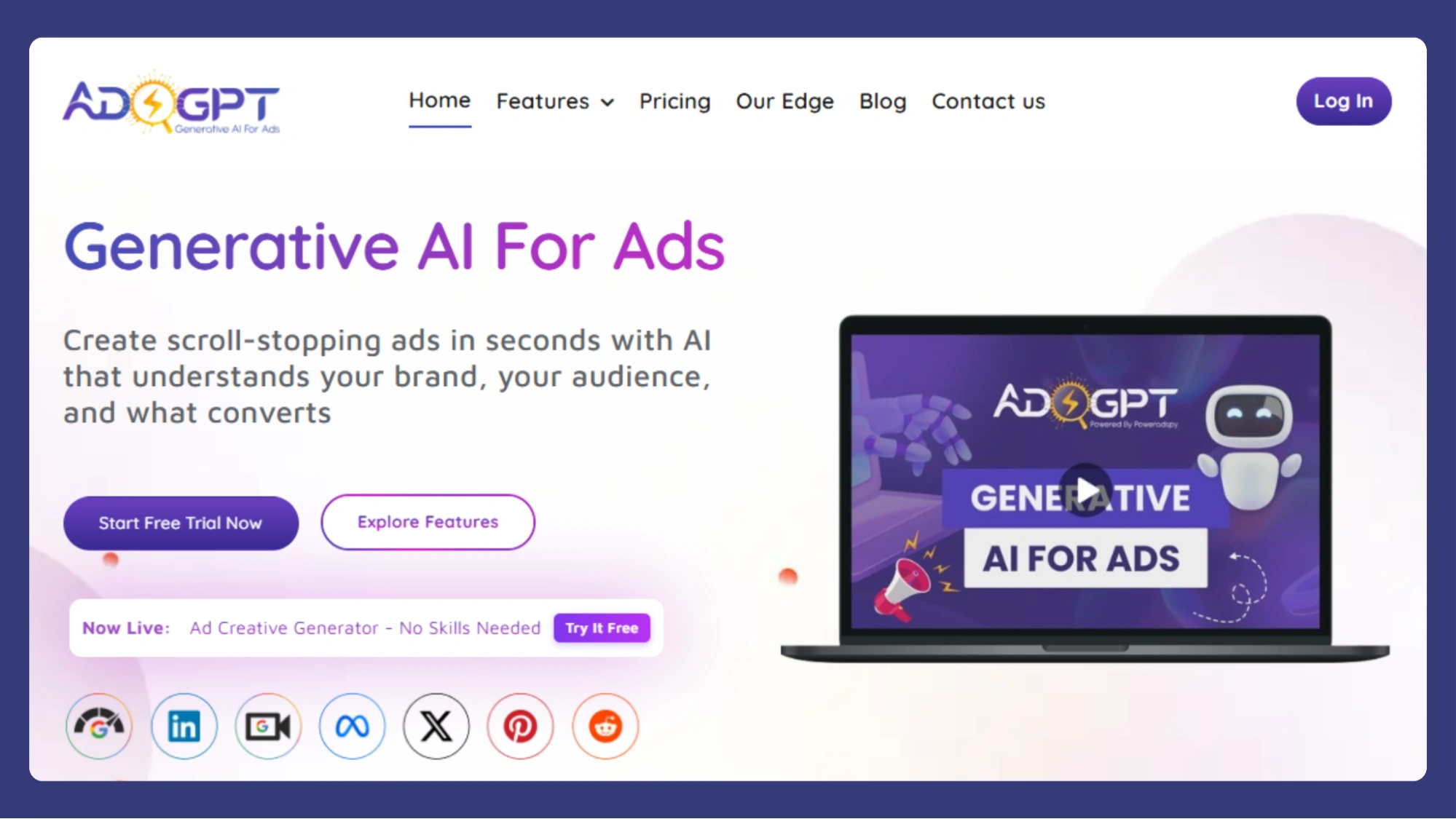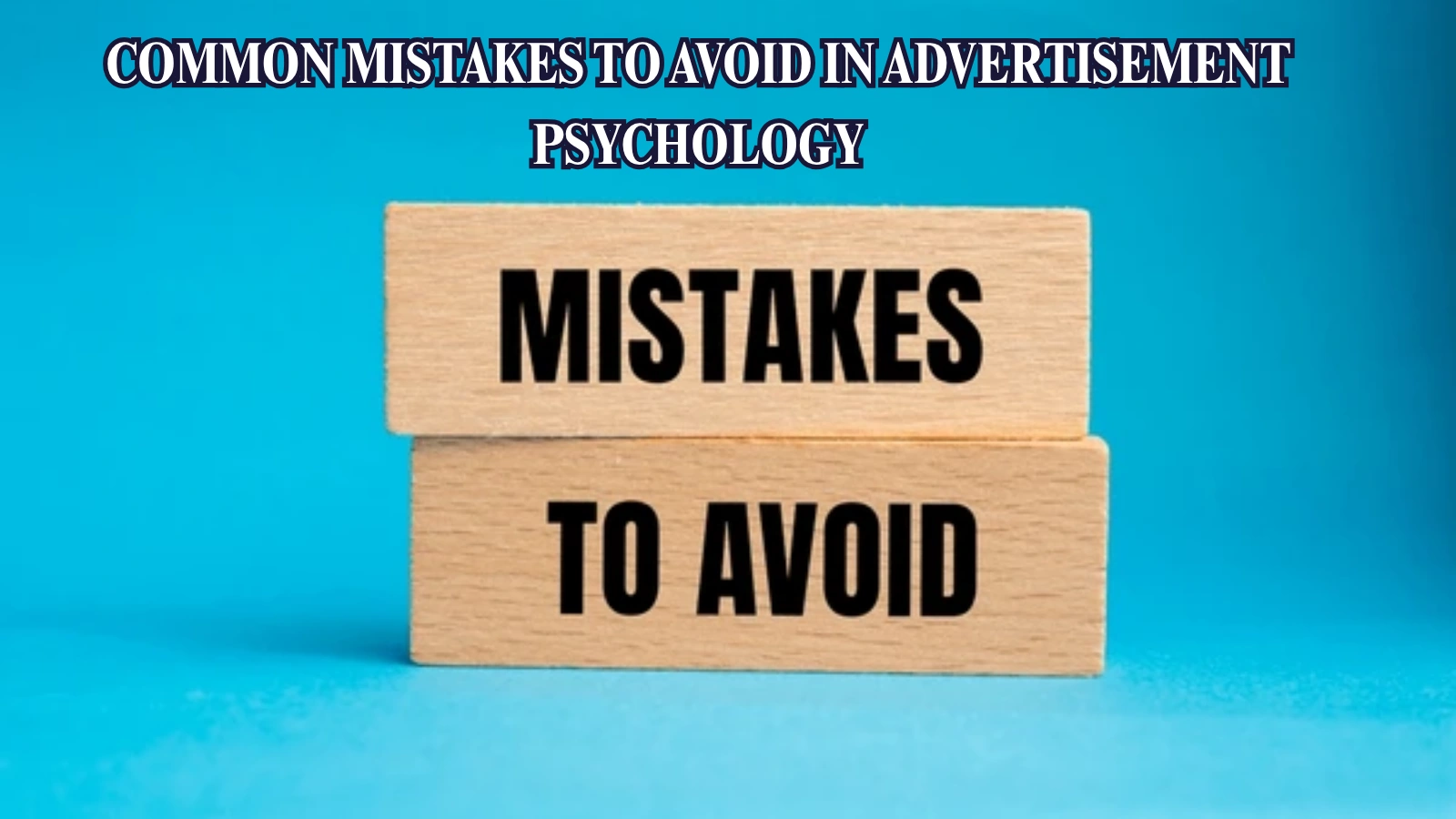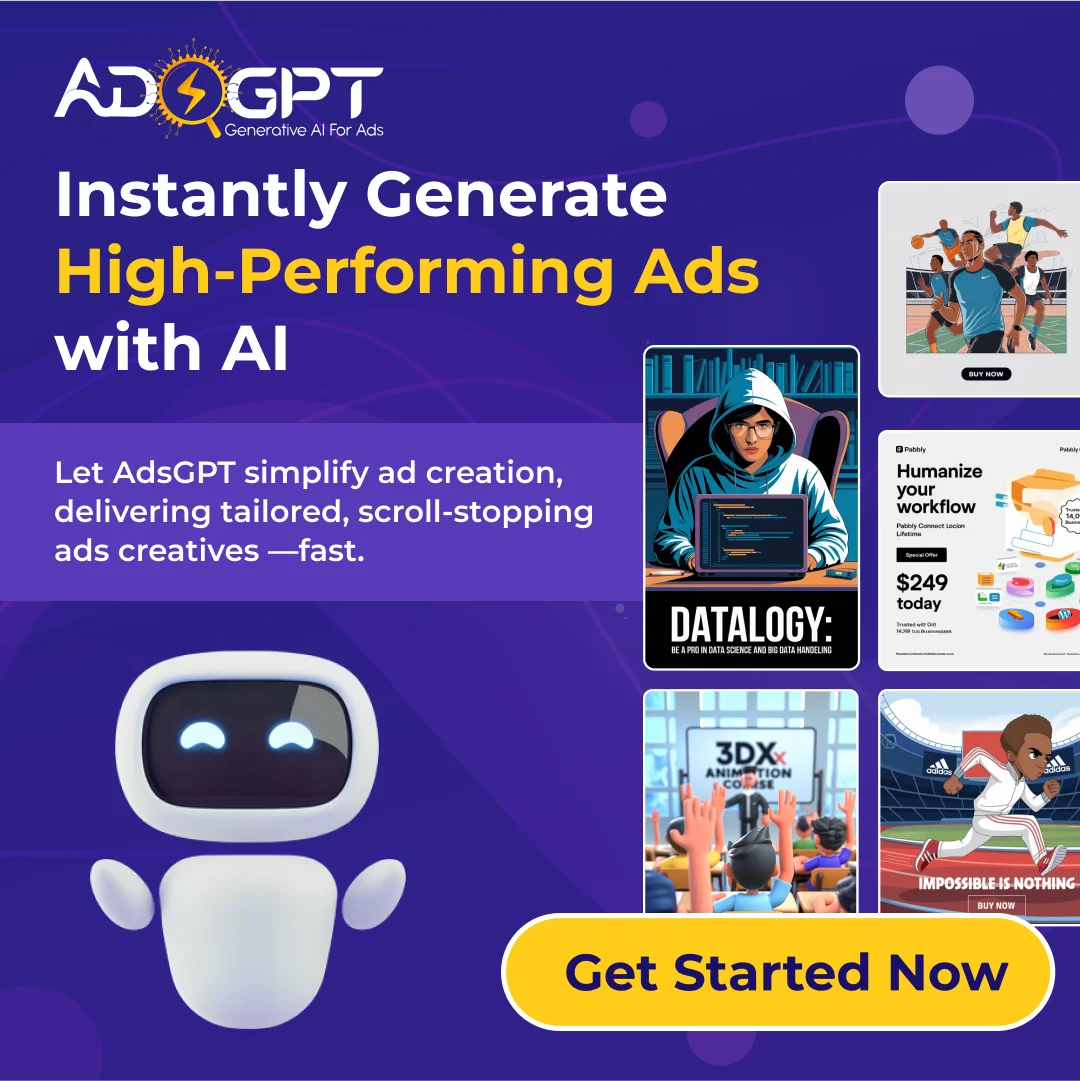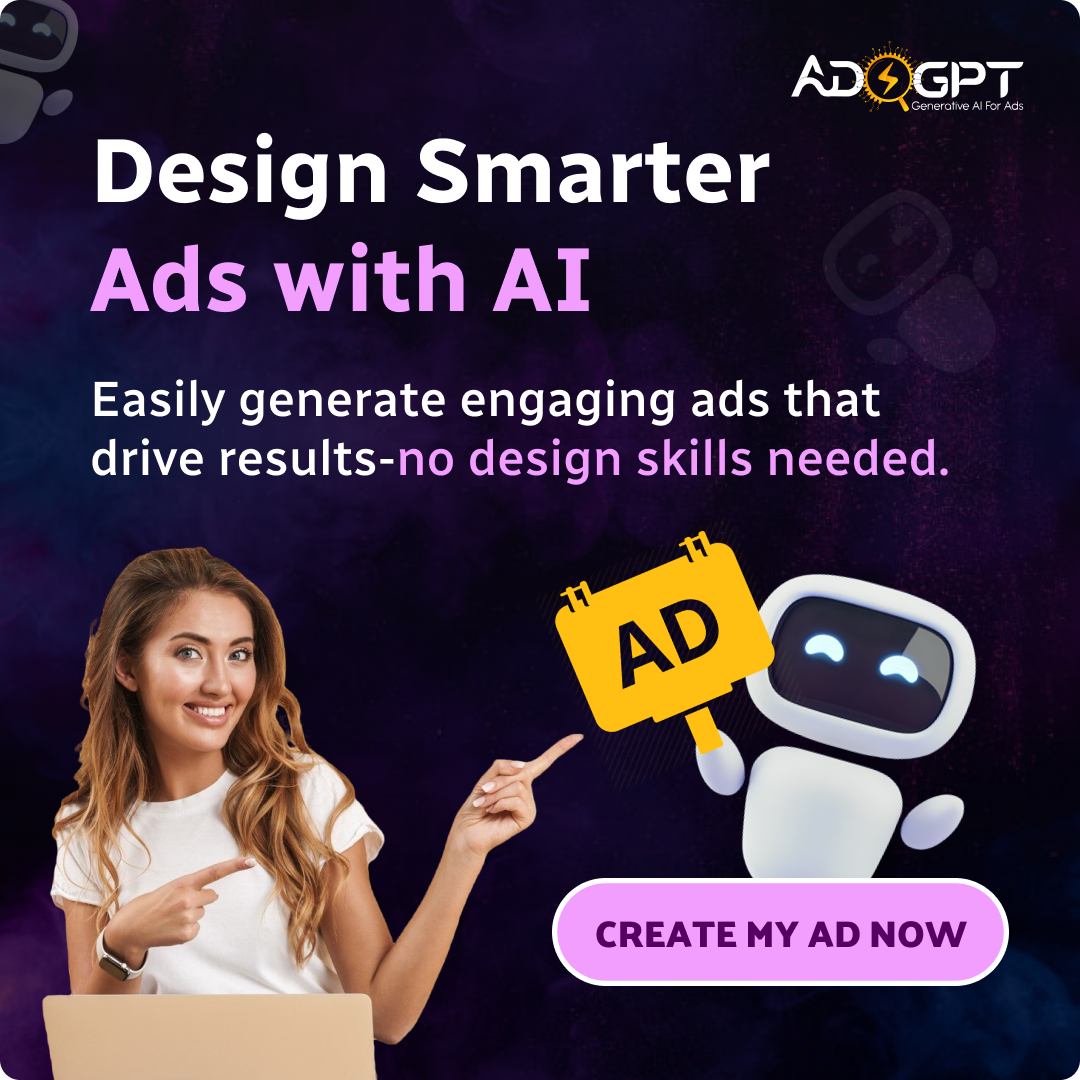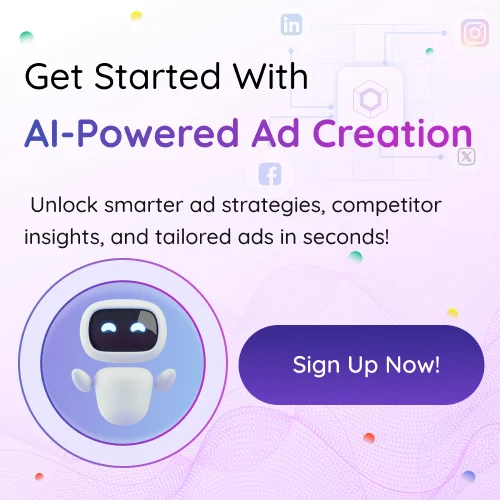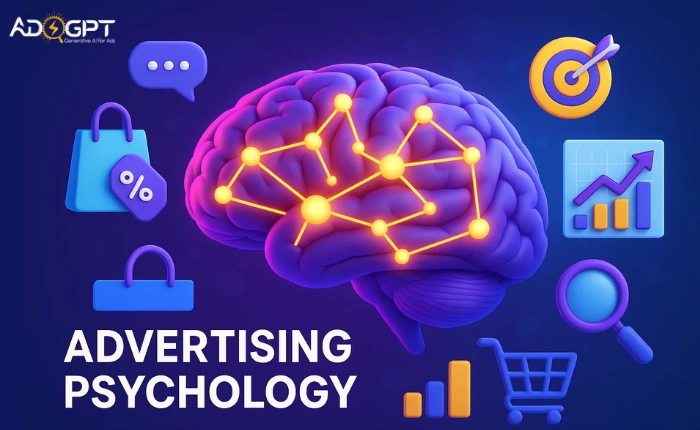
Marketing is no longer just about promoting products; it’s about understanding people. Every choice a customer makes is shaped by perception, emotion, and cognition. Advertising psychology taps into these human tendencies, enabling brands to craft messages that influence decisions at a subconscious level. By strategically using psychological triggers, marketers can capture attention, build trust, and inspire action, turning casual viewers into loyal customers.
With the right approach, businesses can not only improve engagement but also create campaigns that leave a lasting impact, shaping preferences, driving conversions, and gaining a competitive edge in crowded markets.
In a hurry? Listen to the blog instead!
What Is Advertising Psychology?
Advertising psychology refers to the study of how ads impact human behavior and decision-making. It focuses on understanding what motivates people, what triggers emotions, and how messaging can influence choices.
Brands apply psychology in advertising to design campaigns that appeal to emotions, desires, and subconscious preferences. Advertisement psychology helps in creating content that grabs attention, persuades buyers, and encourages action.
In essence, advertising psychology combines behavioral science, marketing strategy, and creative execution to produce campaigns that drive results.
Key Elements Of Ad Psychology That Influence Buyer Decisions
Successful ads often rely on several core principles of ad psychology. Understanding these elements allows marketers to craft campaigns that influence behavior effectively.
- Emotional Triggers – Ads that evoke emotions such as joy, fear, or excitement create stronger engagement. Emotional resonance helps buyers connect with a brand on a personal level.
- Visual Appeal – Colors, typography, and images play a crucial role in advertisement psychology. For instance, red can trigger urgency, while blue conveys trust.
- Scarcity and Urgency – Limited-time offers and low-stock messages trigger immediate action, leveraging human fear of missing out.
- Social Proof – Showing testimonials, user reviews, or influencer endorsements makes potential buyers more confident in their choices.
- Storytelling – Narratives engage audiences, making ads memorable and relatable.
By combining these elements, marketers can ensure their campaigns influence buyer decisions effectively.
Psychology Of Advertising Examples You Can Learn From
Learning from successful campaigns helps marketers apply psychology of advertising examples in their strategies.
- Story-Driven Ads – Brands like Nike and Apple use stories to evoke inspiration and motivation. Their ads go beyond products, creating emotional bonds with audiences.
- Authority and Trust – Brands often feature experts or celebrities in advertisements to boost credibility. This approach leverages the psychological principle of authority in advertising psychology.
- FOMO (Fear of Missing Out) – E-commerce platforms frequently use countdown timers or limited-stock notifications. These tactics create urgency and drive immediate purchases.
- Color Psychology – Coca-Cola uses red to evoke excitement and energy, while green often communicates health or sustainability in food and wellness brands.
These examples highlight how applying psychology in advertising can lead to measurable results.
Read More!
AI In Advertising Psychology: Latest Marketing Strategies
How To Use Color Psychology Marketing To Boost Conversions?
How Ad Psychology Shapes Consumer Behavior?
Ad psychology influences consumer behavior by tapping into subconscious motivations. People rarely make purchasing decisions based solely on logic; emotions, biases, and psychological triggers guide their actions.
- Cognitive Biases – Anchoring, framing, and loss aversion affect how buyers perceive value and make decisions. Ads that leverage these biases can increase conversions.
- Subconscious Messaging – Subliminal cues, brand imagery, and repetitive messaging help reinforce brand recognition and trust.
- Behavioral Patterns – Online shopping habits, browsing patterns, and interaction history offer insights to optimize ad targeting using advertising psychology principles.
By understanding these psychological mechanisms, brands can design campaigns that naturally influence consumer decisions.
How AdsGPT Helps Marketers Apply Advertising Psychology?
Applying advertising psychology effectively requires creativity, insight, and precise execution. AdsGPT simplifies this process by combining AI-driven design, copywriting, and analytics to help marketers create ads that truly influence buyers.
Effortless Ad Creatives
AdsGPT lets you generate visually stunning, on-brand ad creatives in seconds, without any design skills. Each visual is crafted to align with psychological triggers that capture attention and encourage engagement.
Platform-Specific Optimization
Every ad is optimized for the platform it will appear on: Meta, Google, LinkedIn, Pinterest, and more. This ensures your message reaches your audience effectively while maintaining visual appeal and performance.
Inspiration from Competitors
You can start with an existing ad as inspiration. AdsGPT creates a fresh version in your brand’s tone and style, allowing you to apply ad psychology strategies like emotional appeal, social proof, and urgency efficiently.
Ready-to-Post Creatives
All visuals are fully customized, correctly sized, and styled for your platform. You can publish ads immediately while ensuring they trigger the right psychological response from your audience.
Smart Brand Memory
AdsGPT remembers your brand details, including logos, tone, and descriptions. It automatically applies these across all creatives, maintaining consistency and reinforcing psychological cues that strengthen brand recognition.
Competitor-Inspired AI Ads
Analyze competitor campaigns, then let AdsGPT craft unique creatives that highlight your brand’s strengths while leveraging proven psychological tactics to engage and convert buyers.
AI-Generated Ad Copy
AdsGPT produces compelling ad copy instantly. Each message is optimized using advertising psychology principles, ensuring it resonates with your target audience and drives action across platforms.
By combining creative automation, strategic personalization, and data-driven insights, AdsGPT empowers marketers to apply advertising psychology consistently and effectively. The result: ads that capture attention, influence decisions, and drive measurable results.
Best Practices For Using Psychology In Advertising Campaigns
To maximize the impact of advertising psychology, brands should follow key best practices:
- Understand Your Audience – Knowing what drives your customers, including their desires and fears, helps you craft messages that feel personal and relevant. Personalized ads connect emotionally, increasing engagement and response rates.
- Balance Logic and Emotion – Combining factual benefits with emotional appeals creates persuasive campaigns that resonate with both the mind and heart. Logical arguments build trust, while emotional triggers motivate action.
- Use Storytelling – Stories make your brand memorable by creating an emotional connection with the audience. A well-told narrative encourages recall, loyalty, and deeper engagement with your message.
- Leverage Social Proof – People trust recommendations from others more than direct advertising. Showcasing reviews, testimonials, or influencer endorsements builds credibility and encourages buying decisions.
- Test and Iterate – Experimenting with ad elements like colors, formats, and messages reveals what works best for your audience. Continuous analysis and refinement using tools like AdsGPT optimize performance over time.
Common Mistakes To Avoid In Advertisement Psychology
Even small errors can reduce the effectiveness of ad psychology. Avoid these mistakes:
- Overusing Emotional Manipulation – Ads that rely too heavily on emotions can feel pushy or manipulative, damaging trust with your audience. Balance emotional appeal with authenticity to maintain credibility.
- Ignoring Demographics – Different groups respond to psychological triggers differently based on age, culture, or location. Tailoring your ads ensures relevance and increases engagement.
- Neglecting Visual Design – Even strong messages lose impact if visuals are cluttered or unattractive. High-quality, clear visuals enhance attention and comprehension.
- Not Testing Ads – Skipping testing means you miss insights into what resonates with your audience. Regular analysis and adjustments improve ROI and campaign effectiveness.
- Ethical Use of Psychology – Misusing psychological tactics can backfire and harm your brand’s reputation. Using them thoughtfully builds trust while driving results.
By avoiding these pitfalls, brands can use advertising psychology ethically and effectively.
Conclusion
Mastering advertising psychology empowers brands to create campaigns that influence buyers effectively. By understanding human behavior, leveraging emotional triggers, and applying proven ad psychology strategies, marketers can boost engagement, conversions, and brand loyalty. Tools like AdsGPT simplify this process, offering AI-powered insights, creative automation, and multi-platform optimization. Brands that harness advertising psychology strategically will enjoy a competitive advantage and stronger connections with their audience.
FAQs
Q1. What is advertising psychology?
Advertising psychology is the study of how advertisements influence people’s thoughts, feelings, and actions. It focuses on understanding emotional triggers, visual cues, and persuasive messaging. By applying these insights, brands can create ads that drive engagement and sales.
Q2. How can I apply psychology in advertising effectively?
To apply psychology effectively, start by knowing your audience’s desires, fears, and motivations. Combine emotional storytelling with logical benefits, showcase social proof, and experiment with different ad formats. Continuously test and refine your strategies to maximize engagement and ROI.
Q3. What are some examples of the psychology of advertising?
Brands often use storytelling to create emotional connections, like Nike’s motivational campaigns or Apple’s aspirational ads. FOMO tactics, such as limited-time offers, encourage quick action in e-commerce. Color psychology, as seen in Coca-Cola’s red or Starbucks’ green, subtly influences perception and behavior.

